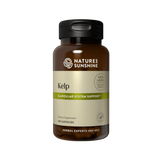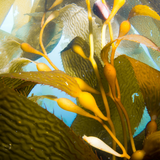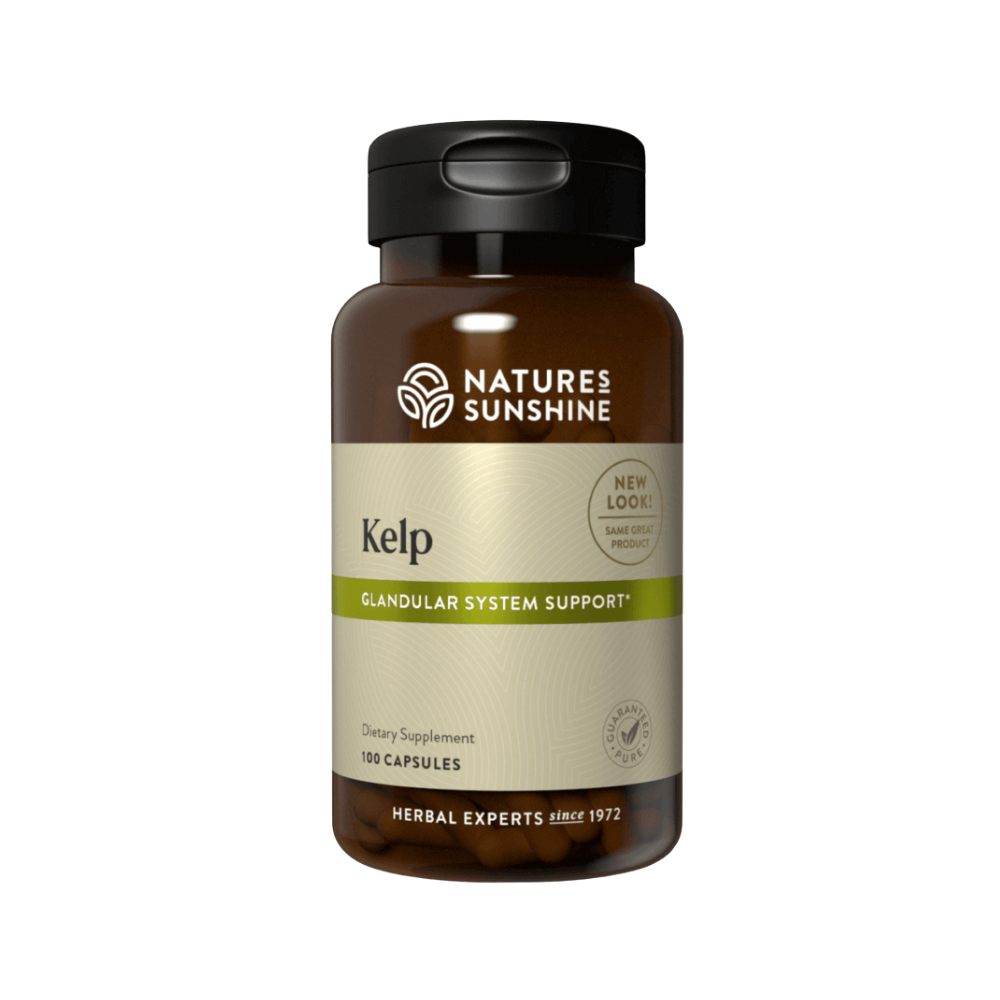
Discover
Hey, sushi fans… Rice is nice, but kelp can help! The salty sea is home to prolific algae that naturally contain trace minerals, including iodine.
This critical trace mineral supports glandular function and helps support metabolism and energy.
- Supports metabolism
- Supports the glandular system
How It Works

How It Works
Eating “sea vegetables” is not a new idea. The ancient Greeks and Romans ate kelp as a food source. And according to records in China, people have been eating various types of kelp there for more than 2,000 years! And kelp is still HUGE in Asia. Our friends in Japan, Korea and China consume it like crazy. The Japanese eat the most seaweed per capita. And they use more than 20 different species of kelp in their cooking, some of which they can trace back 1400 years! This formula features two North Atlantic kelp species. Oarweed (Luminaria digitata) grows primarily along the coasts of the United Kingdom, Iceland, France and parts of New England.
This dark brown kelp is harvested on rocky shores during spring tides and grows up to 7 feet long. Knotted wrack (Ascophyllum nodosum) is a brown seaweed with small strap-like fronds and egg-shaped air bladders that help it float.
Ingredients

What's Inside
Active Ingredients
Kelp leaf and stem.
How to Use

How to Use
DirectionsTake 1-3 capsules with a meal.
Frequency
1x daily





